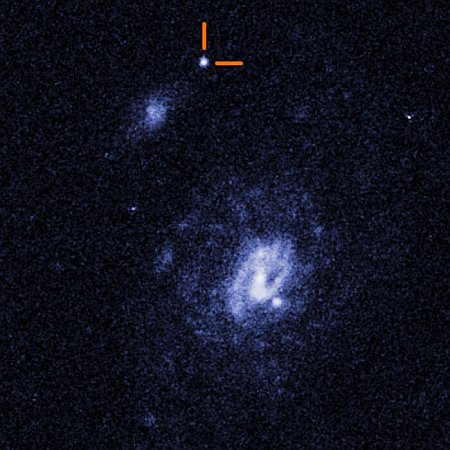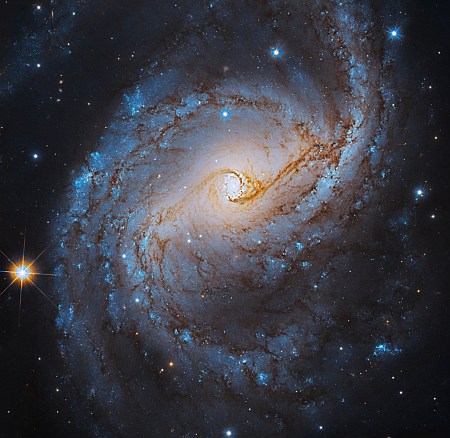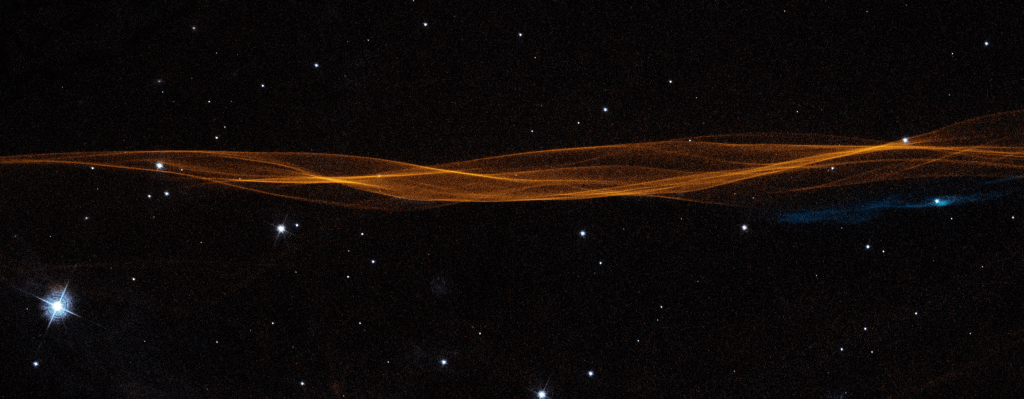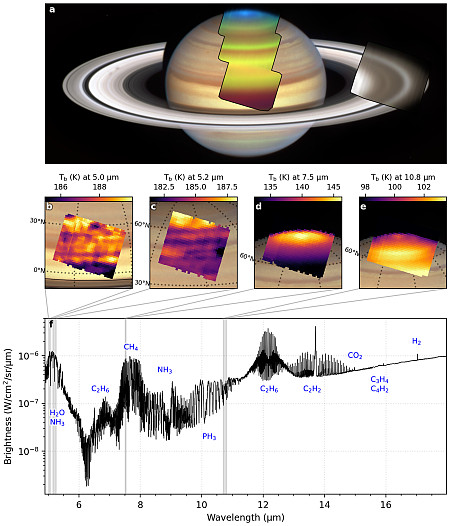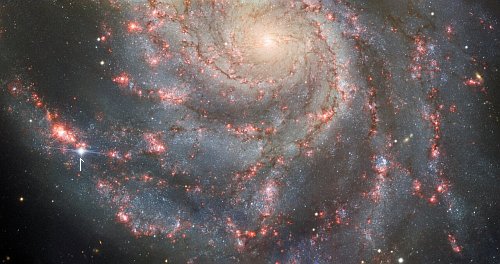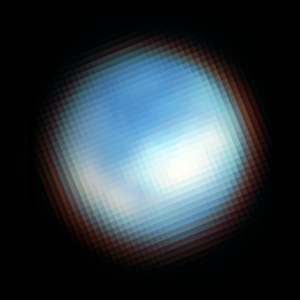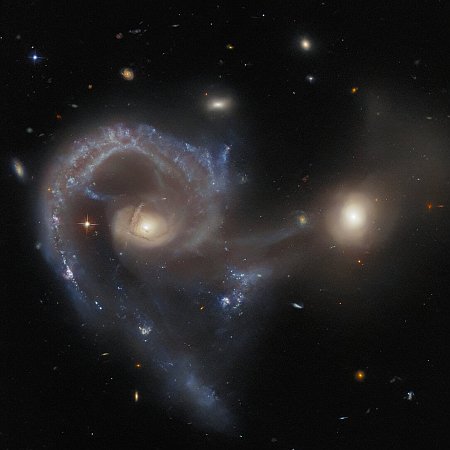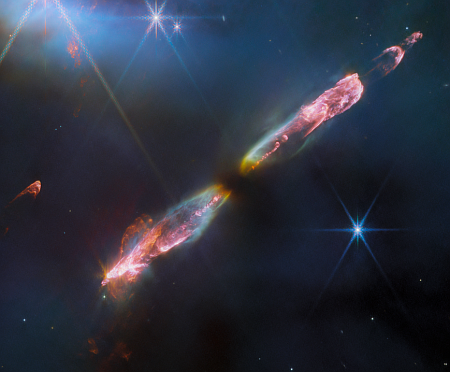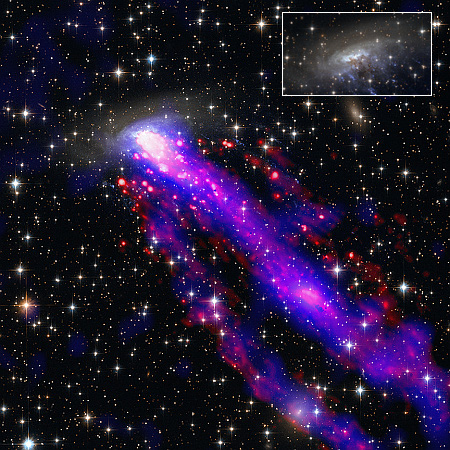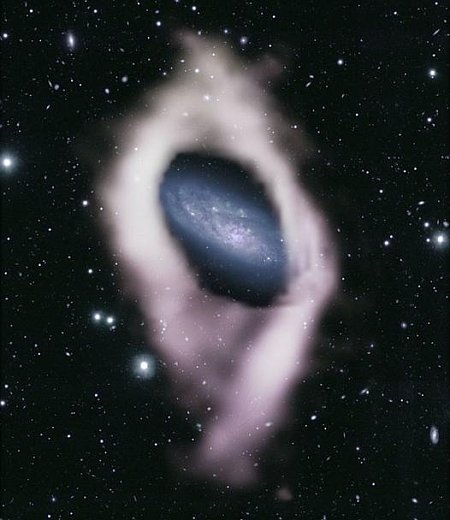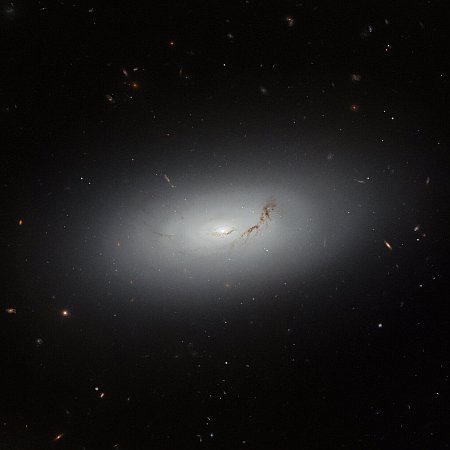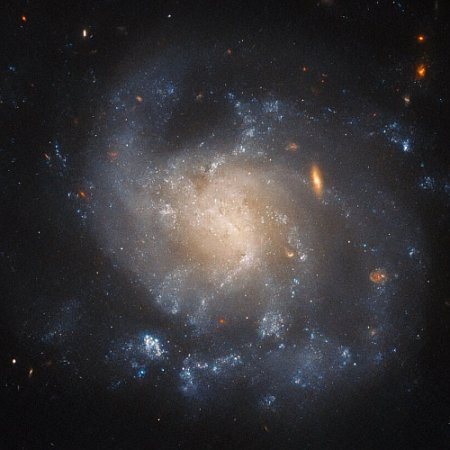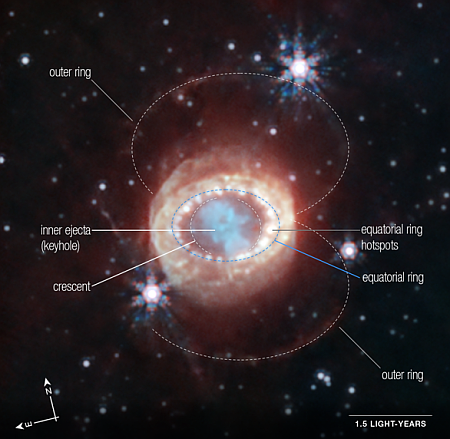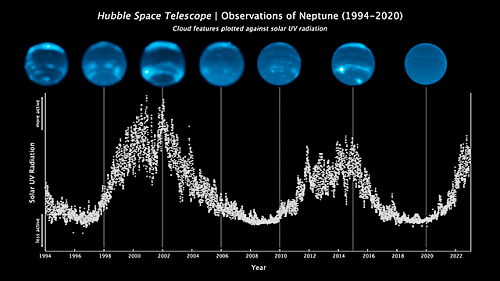Scientists: The activity at the few known fast radio bursts suggests they resemble earthquakes
By analyzing 7,000 fast radio bursts (FRBs) detected from the three known FRBs, two scientists have found that the behavior appears to resemble the main quake and aftershocks seen in earthquakes.
The duo found that the arrival times of bursts from FRB20121102A showed a high degree of correlation, with many more bursts arriving within a second of each other than would be expected if the generation of bursts were completely random. This correlation faded away at longer timescales, with bursts separated by over a second arriving completely at random.
They drew similarities with this behaviour to how earthquakes produce secondary aftershocks in the hours or days following a tremor, but then become completely unpredictable once an episode of aftershocks passes. Moreover, they found that the rate of these FRB “aftershocks” follows the same Omori-Utsu law that characterises the occurrence of earthquake aftershocks on Earth. The law states that shortly after a large earthquake, the rate of aftershocks remains constant over a brief period of minutes to hours, after which the aftershock rate drops, decaying as roughly the inverse of the time since the main shock.
As always there is uncertainty about this conclusion. The magnitudes of the main quake and the pre- and after-shocks do not follow the curve pattern of earthquakes. Instead pre- and after-shocks can be as powerful.
The present theory is that FRBs are quakes in the crust of neutron stars, though this remains unconfirmed.
By analyzing 7,000 fast radio bursts (FRBs) detected from the three known FRBs, two scientists have found that the behavior appears to resemble the main quake and aftershocks seen in earthquakes.
The duo found that the arrival times of bursts from FRB20121102A showed a high degree of correlation, with many more bursts arriving within a second of each other than would be expected if the generation of bursts were completely random. This correlation faded away at longer timescales, with bursts separated by over a second arriving completely at random.
They drew similarities with this behaviour to how earthquakes produce secondary aftershocks in the hours or days following a tremor, but then become completely unpredictable once an episode of aftershocks passes. Moreover, they found that the rate of these FRB “aftershocks” follows the same Omori-Utsu law that characterises the occurrence of earthquake aftershocks on Earth. The law states that shortly after a large earthquake, the rate of aftershocks remains constant over a brief period of minutes to hours, after which the aftershock rate drops, decaying as roughly the inverse of the time since the main shock.
As always there is uncertainty about this conclusion. The magnitudes of the main quake and the pre- and after-shocks do not follow the curve pattern of earthquakes. Instead pre- and after-shocks can be as powerful.
The present theory is that FRBs are quakes in the crust of neutron stars, though this remains unconfirmed.

